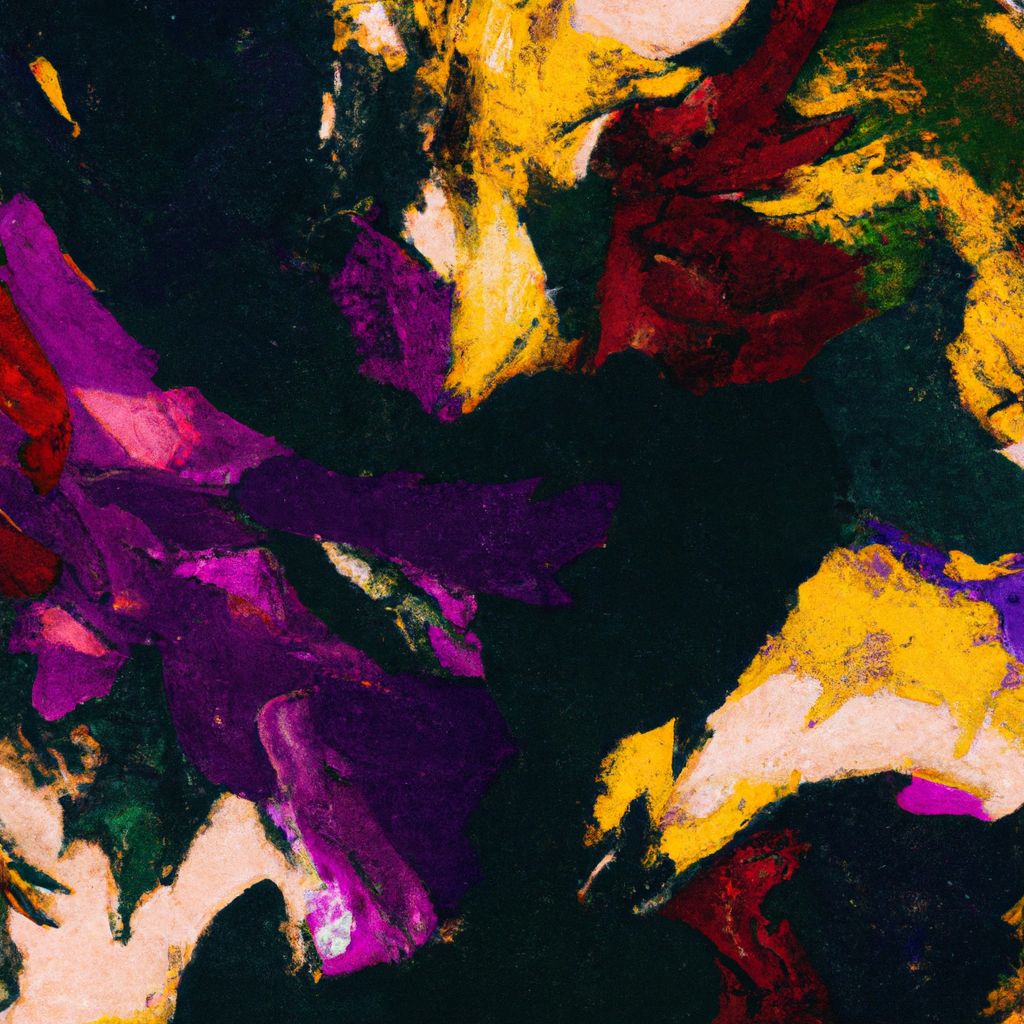Abstract art is a fascinating and captivating form of artistic expression that has captured the imaginations of art enthusiasts for over a century. With its non-representational, non-figurative nature, abstract art seeks to explore the world of color, form, and texture, often evoking powerful emotions and challenging conventional ideas about what art should be. In this blog post, we will dive into the world of abstract art, exploring its history, key artists, techniques, and how it continues to influence contemporary art today.
A Brief History of Abstract Art
Although abstract art can be traced back to ancient times, it emerged as a prominent movement in the early 20th century. The origins of abstract art can be linked to the works of artists such as Wassily Kandinsky, Kazimir Malevich, and Piet Mondrian, who sought to break away from traditional artistic conventions and create a new visual language that transcended the limitations of representational art.
"Of all the arts, abstract painting is the most difficult. It demands that you know how to draw well, that you have a heightened sensitivity for composition and for colors, and that you be a true poet. This last is essential."
- Wassily Kandinsky
Throughout the 20th century, abstract art continued to evolve, giving birth to numerous sub-movements such as Abstract Expressionism, Color Field Painting, and Minimalism. Today, the influence of abstract art can be seen in various forms of contemporary art, from digital art to street art and beyond.
Key Artists in Abstract Art
- Wassily Kandinsky - Often regarded as the father of abstract art, Kandinsky's groundbreaking works, such as "Composition VII" and "Composition VIII," challenged traditional notions of what art could be.
- Kazimir Malevich - As the founder of the Suprematist movement, Malevich's works, like "Black Square," aimed to reduce art to its purest form, focusing on simple geometric shapes and a limited color palette.
- Piet Mondrian - Known for his iconic "Composition with Red, Blue, and Yellow," Mondrian's De Stijl movement emphasized the use of primary colors, straight lines, and rectangular shapes to create a sense of harmony and order.
- Jackson Pollock - A leading figure in the Abstract Expressionist movement, Pollock's "drip paintings" showcased the power of spontaneity and the importance of the artist's physical engagement with the canvas.
- Mark Rothko - With his Color Field paintings, Rothko sought to evoke deep emotions and provoke contemplation through large, color-saturated canvases.
Techniques in Abstract Art
Abstract art encompasses a wide range of techniques, from traditional painting to digital manipulation. Some common techniques used by abstract artists include:
- Color theory - Understanding the emotional and psychological effects of color is crucial in abstract art, as artists often use color to evoke strong emotions and create visual harmony.
- Texture - Abstract artists often experiment with different textures, using a variety of materials and techniques to create visual interest and depth on the canvas.
- Layering - By building up layers of paint or other materials, abstract artists can create complex compositions that invite viewers to explore and interpret the work.
- Mark making - Abstract artists often use unconventional tools and gestures to create unique marks and shapes, imbuing their works with a sense of spontaneity and energy.

Abstract Art and Contemporary Culture
Today, abstract art remains a vital and influential force in the world of contemporary art. With the rise of digital media and technology, artists are pushing the boundaries of abstraction even further, exploring new ways to create and share their work. In addition, the principles of abstraction continue to shape the visual language of design, advertising, and popular culture, attesting to the enduring power and appeal of this enigmatic art form.
In conclusion, abstract art is a captivating and diverse world that invites viewers to dive in and explore its depths. Through its rich history, unique techniques, and ongoing influence on contemporary culture, abstract art challenges traditional notions of what art can be and encourages us to see the world in new and exciting ways.

